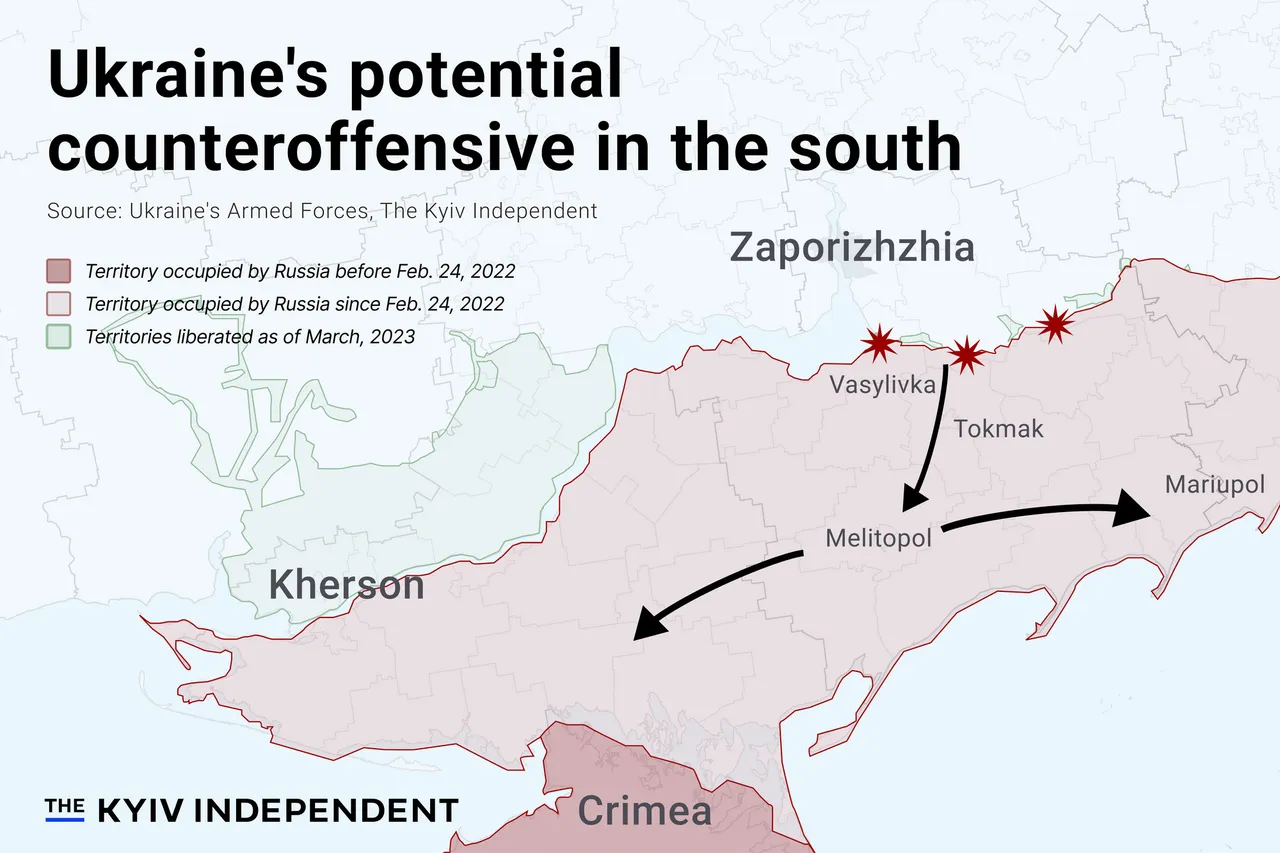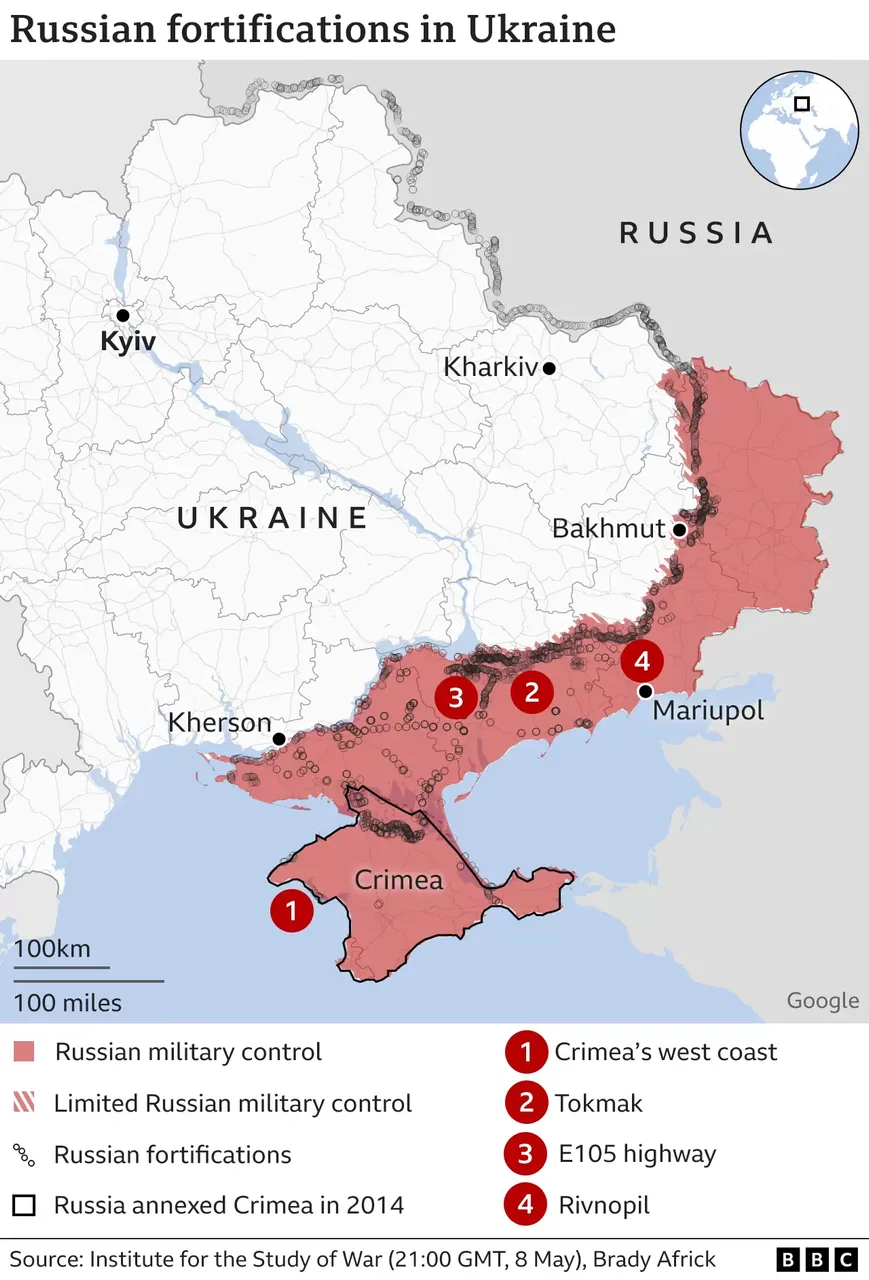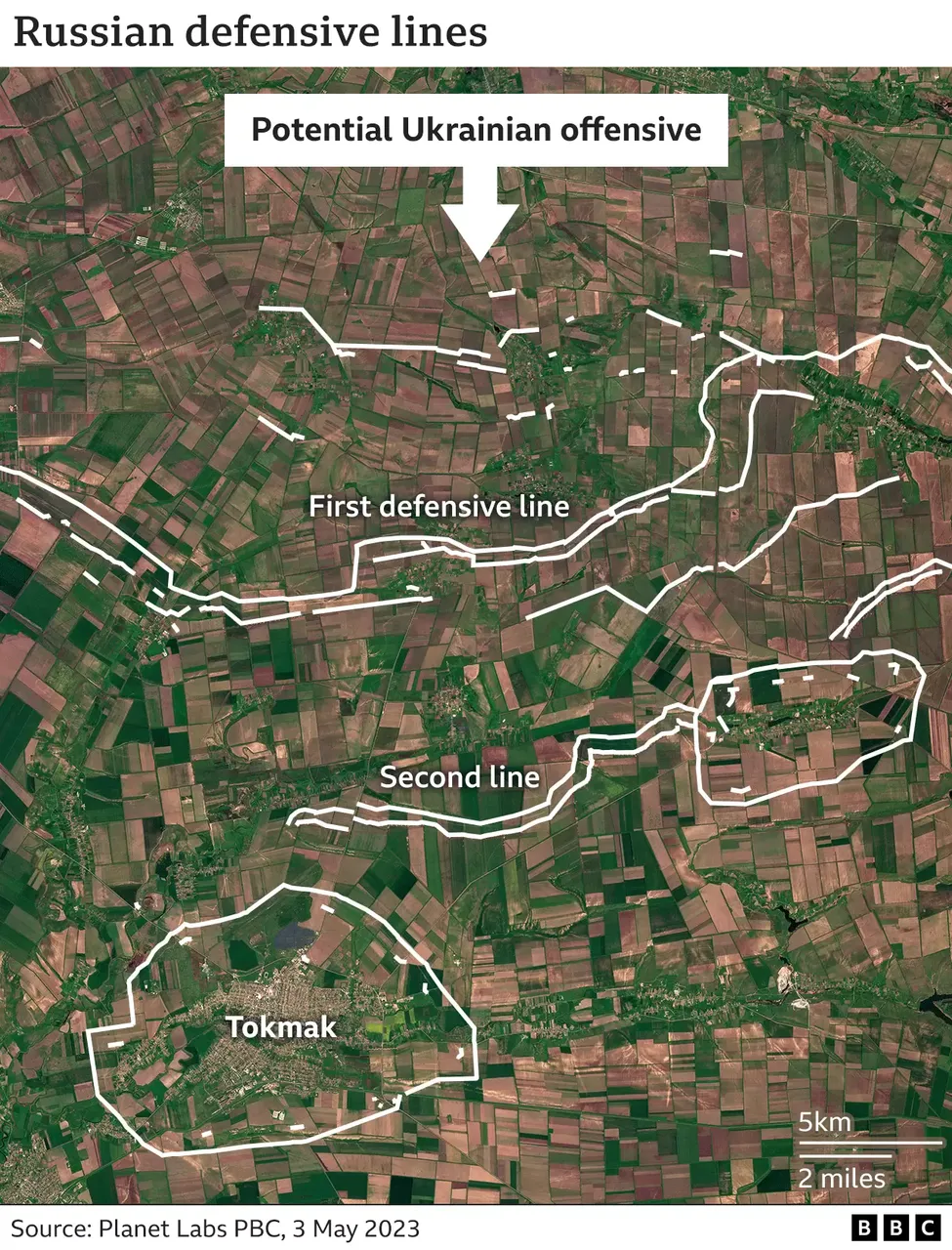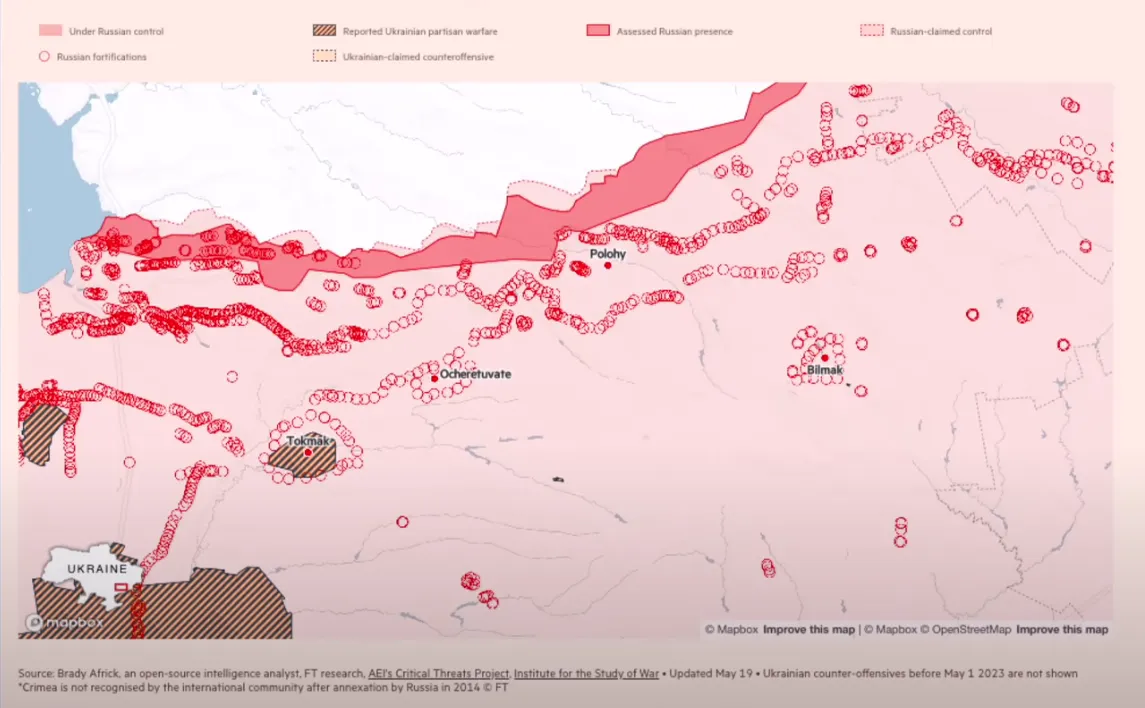
We're now nearly a week into Ukraine's much anticipated counter-offensive and things are really starting to heat up. While Ukraine is yet to commit its full forces, both sides are engaging more and more troops in search of a breakthrough, especially in Zaporizhzhia. So in this article, we're going to take a look at what's happened on the battlefield assess how the counter-offensive has gone so far and ask what might happen next.
Let's start with the places where Ukraine has made gains. As we see it, there are three places Ukraine has made significant gains, Bakhmut Zaporizhzhia and the western part of Donetsk. Let's start with Bakhmut, where the Ukrainians have made significant gains to the south of the city. The Ukrainians have been advancing on the flanks to the north and the south of the city. And last week they reached the suburbs of Baryshivka and Klishchivka. In the last few days, while they haven't made much more progress in the North, the Ukrainians have advanced a couple more kilometers in the south and it looks like they've moved north from the outskirts of Klishchivka into the southernmost bit of bakhmut itself, While the actual volume of the territory recaptured is pretty minimal. The fact that the Ukrainians are already back in Bakhmut itself doesn't bode well for the Russian army and it won't go down well with the Wagner group or their leader, Evgeny Prigozhin, who's complained multiple times about the Russian army's incompetence.

In Zaporizhia The Ukrainians have made minor gains across the entire front line. Ukraine's push in Zaporizhia looks like it might be their main offensive for a couple of reasons. First, it's where the most Ukrainian troops are currently concentrated. Second, it's where we've seen the majority of Ukraine's latest tech, including leopard tanks and Bradley armored vehicles. And third, a Ukrainian advance in Zaporizhia probably towards Tokmak would be a real strategic gain for Ukraine. Tokmak is a key rail hub for the Russians in the south, so its loss would put a serious strain on Russia's logistics and possibly presage a further Ukrainian advance down to either Melitopol or Mariupol.
Anyway, here the Ukrainians have advanced a few kilometers in a couple of places, taking a series of small towns along the frontline. The best way to understand Ukraine's advances here is to think about them in terms of Russia's defensive lines. Basically, presumably because a successful Ukrainian push here would threaten Russia's land bridge to Crimea. Zaporizhia is where Russia has the most fortifications. Satellite imagery suggests that Russia has two defensive lines in the east of Zaporizhia and three in the West. These defensive lines are composed of various fortifications, including trenches, shelters, anti-tank obstacles and minefields. Certain strategically significant towns, including Tokmak, are entirely surrounded by circular ditches that can house anti-tank teams. Anyway, Ukraine has made steady progress along the front line, advancing on an average of a couple of kilometers across the entire line. But as of Monday afternoon, they're still at least ten kilometers away from Russia's first defensive line. It looks like the Ukrainians have had more success in the western parts of Donetsk where they've advanced south from Velyka Novosilka, down towards Daral Nivica. At the time of writing, it looks like Romanivka is still under Russian control. But if Ukraine can take it, the Russians will probably have to flee to their first defensive line roughly ten kilometers further south.

Now the fact that Ukraine hasn't made rapid gains and that a non-trivial number of Western supplied armored vehicles have been destroyed in the fighting, has provoked some anxiety in the pro-Ukraine parts of the Internet. But the truth is that it's just too early to judge the success of the counteroffensive with any certainty. This one was never going to be anything like the Kharkiv offensive, not least because the Russians have had months to prepare fortifications. And in a way, what happened last year has set expectations unrealistically high. It's also worth saying that while we have indeed seen some leopard and Bradleys on the battlefield, Ukraine is still yet to deploy its full force. A Ukrainian armored battalion normally has 31 tanks or roughly the same number of armored vehicles, as well as a couple more for carrying specialist infantry. Given that a brigade would likely have been between 4 and 5 battalions in total, then an armored brigade is going to have something like 200 armored vehicles of various types. Assuming the main offensive involves at least a few brigades, this means we should expect to see hundreds of vehicles concentrated in a narrow front. And this clearly hasn't happened yet, which suggests the Ukrainians are still holding back, at least some of their firepower. Some analysts have even suggested that the small number of leopard and Bradleys we've seen so far could be part of a feint to convince Russians to commit all of their forces in Zaporizhzhia.

Now, this doesn't mean that we should expect an enormous Ukrainian force to come and easily overwhelm the Russians. Clearly, the current offensive is still occupying a significant fraction of Ukraine's firepower. All we're saying is that while things aren't going as well as they did in Kharkiv or Kherson, this should be unsurprising. And it's just too early to declare success or failure. Looking forward, though, whether the counter-offensive can succeed really depends on three things. First, how much Ukraine and Russia are holding back. Neither side is yet to commit its full force, and a lot will depend on how much firepower they've got left. Second, how solid Russia's defensive lines are. If Russia really does have three well-prepared defensive lines in Zaporizhia, then reaching Tokmak will be a real slog for Ukraine. If, however, the collapse of Russia's first defensive line triggers a domino effect or Russia's second and third defensive lines aren't as solid, Ukraine might be able to use the momentum of its first advance to take it all the way to Tokmak. Third, it depends on relations between the Russian army and the various private military companies that support it. Relations between the Russian Ministry of Defense and especially the Wagner group have been deteriorating recently and last week, the Mod announced its intention to basically fold Wagner and other PMCs into the formal Russian army. This will probably exacerbate the internal feud between the Mod and its PMCs and could end up affecting Russia's abilities on the battlefield.